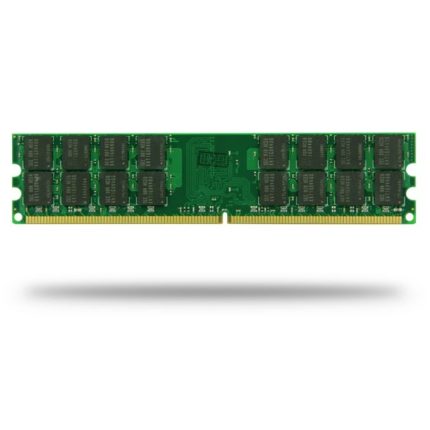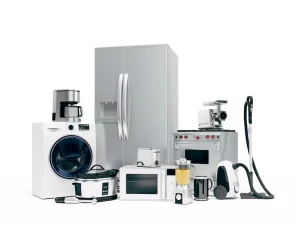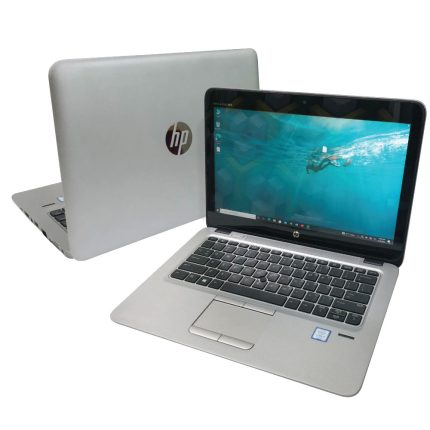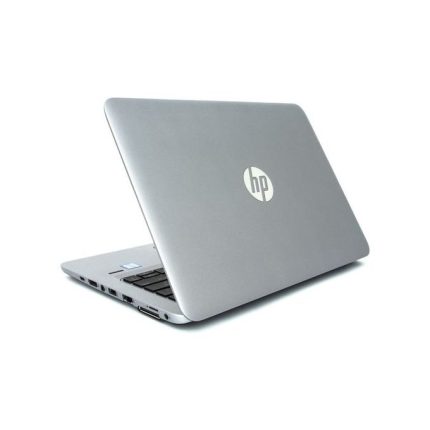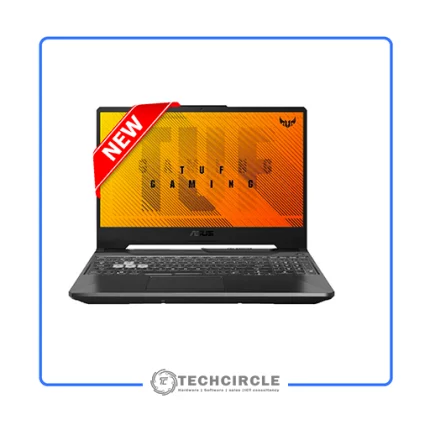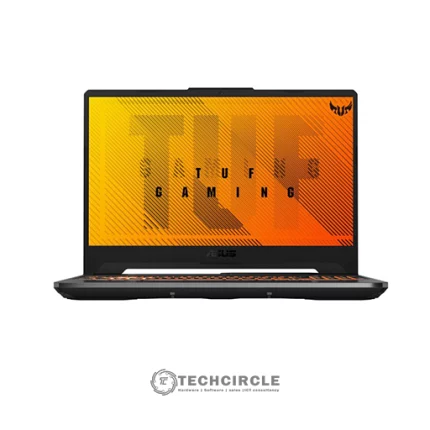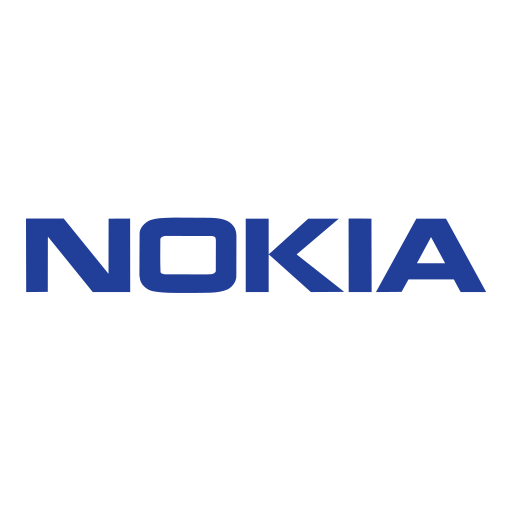In today’s digital age, businesses of all sizes are heavily reliant on information technology (IT) infrastructure. From data storage to communication networks, IT systems are the backbone of modern operations. Consequently, the potential impact of IT disruptions can be devastating, leading to significant financial losses, reputational damage, and operational paralysis. This underscores the importance of a robust IT disaster recovery (ITDR) plan.
Understanding IT Disaster Recovery
IT disaster recovery refers to a set of policies, tools, and procedures that enable the recovery or continuation of vital technology infrastructure and systems following a natural or human-induced disaster. The primary goal of an ITDR plan is to minimize downtime and data loss, ensuring that business operations can resume as swiftly and smoothly as possible.
Key Components of an IT Disaster Recovery Plan
An effective ITDR plan should encompass several critical components:
1. Risk Assessment and Business Impact Analysis
Before developing an ITDR plan, it is essential to conduct a comprehensive risk assessment and business impact analysis (BIA). This involves:
-
- Identifying potential threats: Natural disasters (e.g., earthquakes, floods), cyberattacks (e.g., ransomware, data breaches), and human errors.
- Assessing the likelihood and impact: Evaluating the probability of each threat and its potential impact on business operations.
- Prioritizing critical functions: Identifying which business functions and IT systems are most critical to operations and should be prioritized in the recovery process.
2. Recovery Objectives
Defining clear recovery objectives is crucial for an effective ITDR plan. These objectives include:
-
- Recovery Time Objective (RTO): The maximum acceptable amount of time that a system, application, or function can be down after a disaster occurs.
- Recovery Point Objective (RPO): The maximum acceptable amount of data loss measured in time. For example, an RPO of 4 hours means that data backups should occur at least every 4 hours.
3. Data Backup and Restoration
A robust data backup strategy is the cornerstone of any ITDR plan. Key considerations include:
-
- Regular backups: Implementing regular and automated backups of all critical data.
- Offsite storage: Storing backups in a secure, offsite location to protect against onsite disasters.
- Data restoration: Ensuring that data can be quickly and accurately restored from backups.
4. IT Infrastructure and Application Recovery
This component involves planning for the recovery of IT infrastructure and applications, including:
-
- Hardware and software inventory: Maintaining an up-to-date inventory of all hardware and software assets.
- Redundant systems: Implementing redundant systems and failover mechanisms to ensure continuity.
- Virtualization and cloud solutions: Leveraging virtualization and cloud technologies to facilitate rapid recovery and scalability.
5. Communication Plan
Effective communication is vital during a disaster. An ITDR plan should include:
-
- Emergency contacts: A list of internal and external contacts, including IT staff, vendors, and stakeholders.
- Communication channels: Predefined communication channels (e.g., email, phone, messaging apps) to keep all parties informed.
- Crisis communication strategy: Guidelines for communicating with employees, customers, and the media during and after a disaster.
6. Testing and Maintenance
An ITDR plan is only as good as its implementation. Regular testing and maintenance are essential to ensure the plan remains effective. This includes:
-
- Regular drills: Conducting periodic disaster recovery drills to test the plan’s effectiveness and identify areas for improvement.
- Plan updates: Continuously updating the plan to reflect changes in technology, business processes, and emerging threats.
- Review and audit: Regularly reviewing and auditing the plan to ensure compliance with industry standards and regulations.
Benefits of an IT Disaster Recovery Plan
Implementing a comprehensive ITDR plan offers several key benefits:
-
- Minimized downtime: Rapid recovery of IT systems reduces operational downtime, minimizing financial losses.
- Data protection: Ensuring that critical data is backed up and can be restored quickly prevents significant data loss.
- Enhanced reputation: Demonstrating a commitment to business continuity and disaster preparedness enhances trust among customers, partners, and stakeholders.
- Regulatory compliance: Adhering to industry regulations and standards related to data protection and business continuity.
Conclusion
In an era where IT disruptions can have far-reaching consequences, an effective IT disaster recovery plan is not just a best practice—it’s a business imperative. By meticulously planning for potential disasters, setting clear recovery objectives, and regularly testing and updating the plan, businesses can safeguard their operations, protect critical data, and ensure a swift return to normalcy when disaster strikes. Investing in IT disaster recovery today can mean the difference between business resilience and catastrophic failure tomorrow.
Hot Selling Factory Smartwatch Fitness Direct Waterproof Bt Call Smart Watch Fashion Big Full Screen Watches
🔥 Smart Watch F107 – Product Highlights
-
✅ Big Screen Smartwatch – 44–49mm full-color IPS display with 1920x1080 resolution
-
✅ Waterproof & Durable – Rated IP67/IP68, perfect for sports, swimming, and everyday use
-
✅ Long Battery Life – Up to 30 days standby time; no need for constant charging
-
✅ Dual SIM + 4G/5G + WiFi – Use as a standalone phone watch with Bluetooth calling
-
✅ Full Health Suite – Includes heart rate monitor, blood pressure sensor, sleep tracker, and thermometer
-
✅ Wide Compatibility – Works with both Android smartwatches and iPhone devices
-
✅ Fitness Ready – Built-in passometer, step counter, speed measurement, mood tracker
-
✅ Smart Notifications – Get call, SMS, and app alerts right on your wrist
-
✅ OEM/ODM Available – Customize logos, software, and packaging for your brand
-
✅ Unisex Design – Ideal smartwatch for men, women, kids, and seniors
Hp Elitebook 820 G3 Intel Core i5 6th Gen 8GB RAM 256GB SSD 12.6 Inches FHD Display
- Operating system: Windows 10 Pro 64-Bit Edition
- Memory: 8 GB DDR4 SDRAM, 2133 MHz / PC4-17000 (2 x 8 GB)
- Storage: 256 GB M.2 PCIe SSD
- Optical drive: No optical drive
- Graphics Processor: Intel® HD Graphics 520
- Processor: Intel® Core™ i5-6300U (2.4 GHz with a max turbo speed of up to 3.0GHz, 3 MB Cache, Dual-Core)
- Processor Family: 6th Generation Intel® Core™ i5 processor
- Display: 12.6 inches (35.6 cm) Widescreen LED backlight; Full HD standard-viewing angle (SVA) eDP anti-glare, Slim Design; 16:9 Image Aspect Ratio; Image Brightness: 300 cd/m2; 1920 x 1080 (Full HD)
Redmi Note 11 Pro
- RAM: 8GB
- Internal Storage: 128 GB
- Battery: 5000 mAh, 67W, 100% in 43 min
- Main camera: 108 MP + 8 MP + 2 MP
- Front camera: 16 MP
- Display: 6.67 inches, Super AMOLED, 120Hz, HDR10
- Processor: MediaTek Helio G96
- Connectivity: GSM / CDMA / HSPA / EVDO / LTE /
- Colors: Black, Green, Purple, Blue
- OS: Android 11, MIUI 12.5














